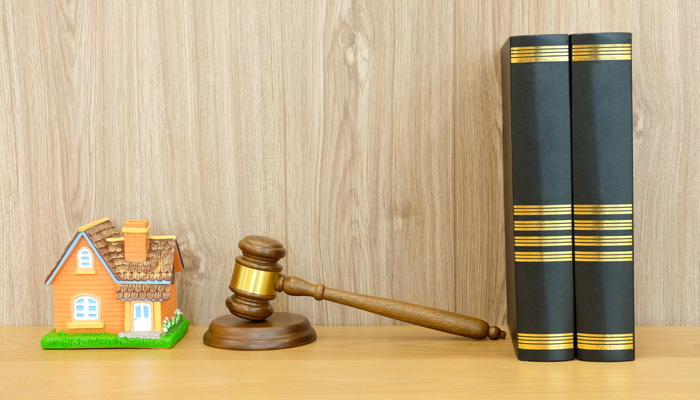Contractors, owners and construction managers (CMs) are frequently involved in time extension issues, and as a result, contractors must submit time extension requests to owners and deal with requests from subcontractors and suppliers. The federal courts have crafted rules and tests concerning when contractors are entitled to time extensions and when they are entitled to delay and impact damages. You may be required to “certify” the validity of a subcontractor’s requests.
As a contractor, owner or CM, you must know the rules concerning time extension requests, and that starts with understanding the type of delay you’re dealing with.
Types of Delay
There are four common types of delay, according to construction claims expert James G. Zack Jr., CCM, CFCC, FAACE, FRICS, FFA, PMP.
- Inexcusable Delay. This is typically any delay caused by a contactor or its sub, supplier or vendor at any tier that impacts the end date of the schedule. Examples include failure to: properly man a project; coordinate equipment, material or deliveries; or provide timely submittals. Project mismanagement and situations in which delay is foreseeable at the time of the bid also fall under this category.
- Excusable Delay. This involves unforeseeable delay caused by a third party or a delay beyond the control of the contractor. If you are not at fault, this is your category. It also includes agents, subs and suppliers at any tier, and the end date of the schedule will suffer a setback. Examples include acts of government or god, wars, fires, strikes and freight embargoes.
- Compensable Delay. When an unforeseeable delay is caused by the owner or agent because of a situation that the owner has contractual liability for, and the end date is impacted, you’ve got compensable delay on your hands. Change orders, delayed responses, parallel prime days, work suspensions and differing site conditions can all result in this type of delay.
- Concurrent Delay. This typically involves situations in which two or more delaying events occur that are caused by the same or even different parties, but either event on its own would cause the end date to be delayed. The delays don’t have to be of equal duration, but they must overlap to some extent. Concurrent delays can also occur if events fall on parallel critical path activities.
Checklists and More
There are tests and checklists for each of these types of delay, based on the case law that has developed under each of them. For more information, join Zack in a conference for AudioSolutionz on the topic, “Time Extension Requests: What Does a Contractor Have to Prove?,” and find out more about:
- Rules concerning time extension requests
- Arguments about waiver and apportionment of liquidated damages
- Concurrent delay issues and who has to prove concurrent delay
- When an owner’s liability for delay is limited or obviated
- The use of CPM schedules when pursuing or defending against time extension requests
- New rules about when concurrent delay can and cannot be used to eliminate liquidated damages
- When and under what circumstances is a contractor entitled to compensable delay
- Rules on burden of proof and who has the burden of proof concerning delay
- What must be proven to justify time extensions requests—both excusable and compensable
- Common misconceptions on concurrent delay
- When a contractor is not required to justify field and home office overhead costs once a compensable delay has been proven
- Two recent court cases that are game changers on the use of concurrent delay as a defense against owner-imposed liquidated damages




